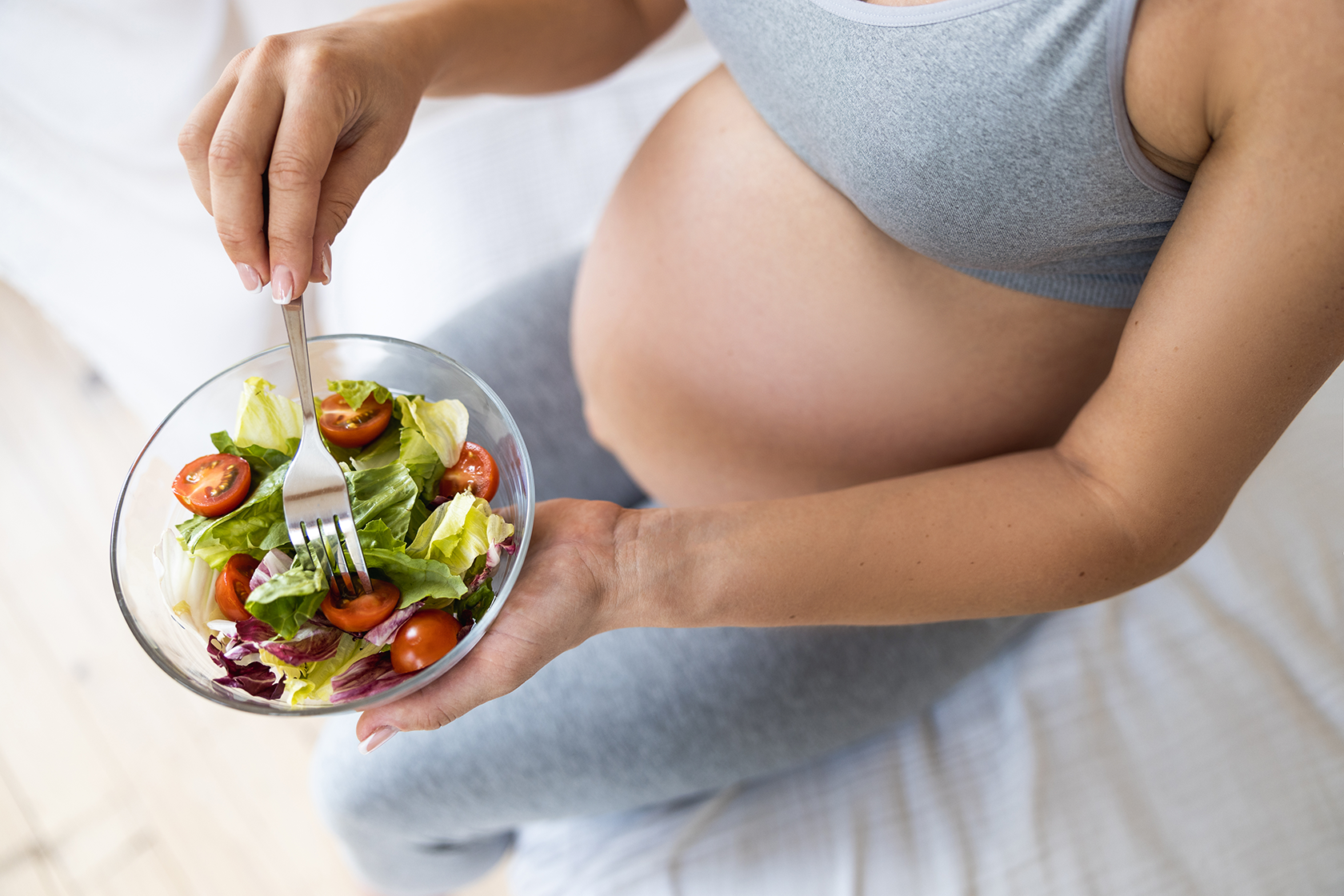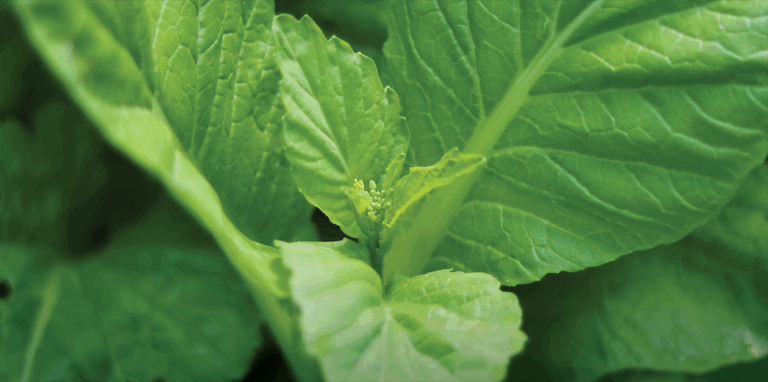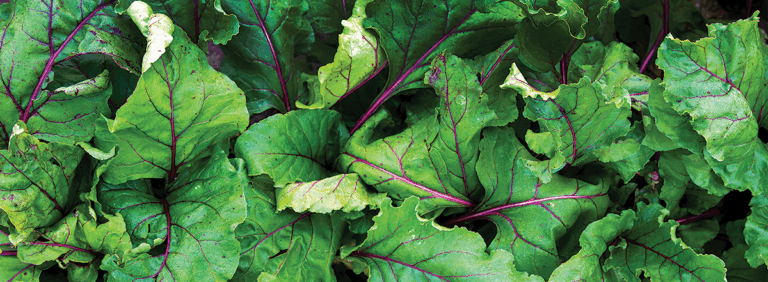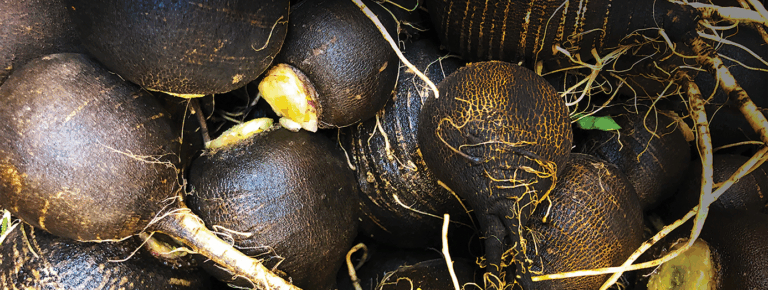Natural Remedies for Women's Reproductive Health: the Childbearing Years
Throughout the female lifecycle, the body will go through a variety of changes. From menstruation to menopause, the female body requires nutritional support to mediate these processes. The female lifespan is categorized by specific occurrences in reproductive health. Often, the timespan from the early twenties to late thirties is characterized as intent for possible pregnancy, or the childbearing years.
The female menstrual cycle is characterized by four phases and ranges from 21 to 35 days, depending on the individuals, with an average cycle being 28 days.
The Phases of the Menstrual Cycle:
- Menstruation (day 1 to 7)
- Follicular Phase (day 1 to 14)
- Ovulation (day 14)
- Luteal (day 14 to 28)
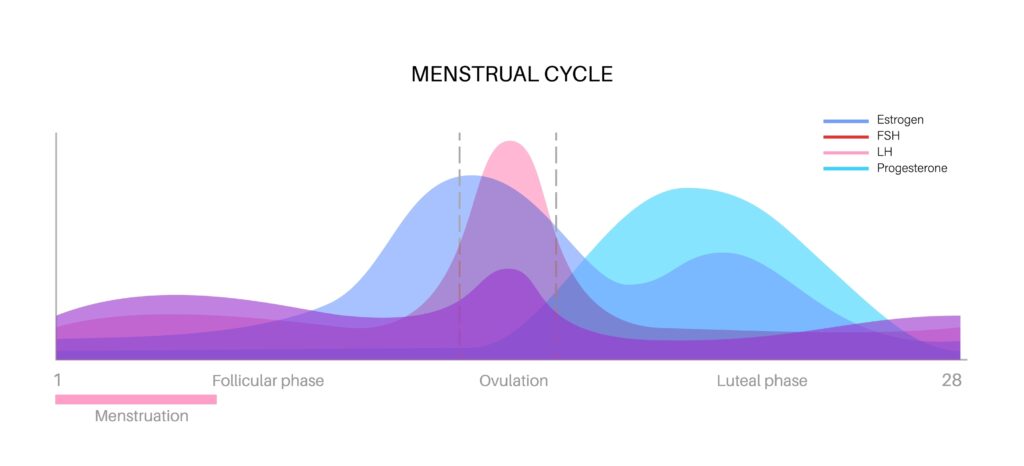
Menstruation is often rolled into the follicular phase, and similarly, ovulation is rolled into the follicular phase breaking the reproductive cycle into two phases –
- Menstruation is characterized by bleeding, where blood and tissue of the uterine lining is shed when gestation does not occur. Bleeding lasts approximately 4 to 7 days.1
- The follicular phase begins when the corpus luteum, which is built to sustain a healthy pregnancy, begins to break down. During this phase, estrogen, progesterone, and inhibin A decrease while gonadotropin-releasing hormone (GnRH) and follicle-stimulating hormone (FSH) are increased. The main goal of this phase is to promote ovarian follicle maturation for ovulation.2
- Ovulation marks the end of the follicular phase and beginning of the luteal phase. Ovulation occurs when the dominant follicle, or matured follicle, ruptures, which releases an egg. The egg, or oocyte, is then transported to the fallopian tube where the main objective is to become fertilized to progress to pregnancy.3
- The luteal phase begins once ovulation occurs and is the process of preparing the body for pregnancy. During the luteal phase, progesterone will rise to build the corpus luteum, which is a temporary organ aimed to make the uterus suitable to sustain a pregnancy. If pregnancy does not occur, the corpus luteum degrades into scar, or corpus albicans, and the whole menstrual cycle starts over.4
Supportive Nutrients and Herbs for the Childbearing Years
The menstrual cycle is a complex, physiological process influencing the health of reproductive aged women. When discussing female health, it is imperative to stress the importance of a healthy, nutritionally rich diet. Specifically focusing on lean protein, like chicken and red meat, dietary fats, like avocado and nuts, and whole grains, like sourdough or cereal grains, while focusing on antioxidant content can make a significant impact on quality of life. However, even with proper intervention of nutritional habits, there is currently an epidemic of menstrual cycle abnormalities and reproductive concerns. Below, are some supportive nutrients and herbs to consider for those reproductive aged females.
Vitex (Chaste Tree) to Support the Menstrual Cycle

Vitex is a shrub or tree native to Europe. It has traditionally been used to stimulate progesterone production and lower prolactin levels, which influences the length of the luteal phase and health of the corpus luteum. In women with shortened luteal phases, Vitex has been shown to lengthen this half of the cycle.5
Vitex has also been highlighted as an effective compound at reducing PMS symptoms, improving fertility, and reducing fibrocystic mastopathy.6
Red Raspberry Leaf for Menstrual Cycle Support
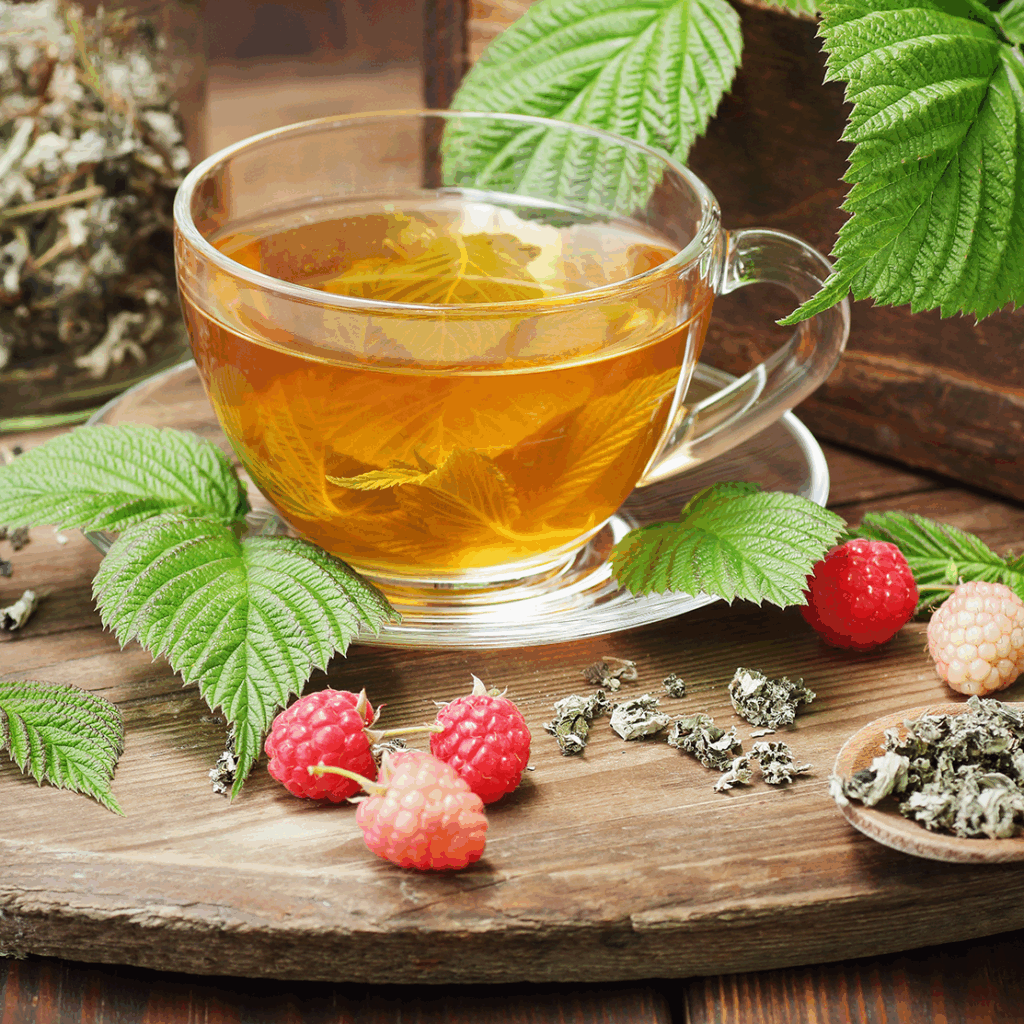
Red Raspberry Leaf has traditionally been used to support women’s reproductive health by strengthening uterine contracts to aid in discomfort associated with menstruation. Additionally, Red Raspberry Leaf has been associated with increased blood flow to the uterus, helping transport important hormones.7 Because of these relaxation properties of red raspberry leaf, it has also been used to support those with PMS.
Folate for Reproductive Health
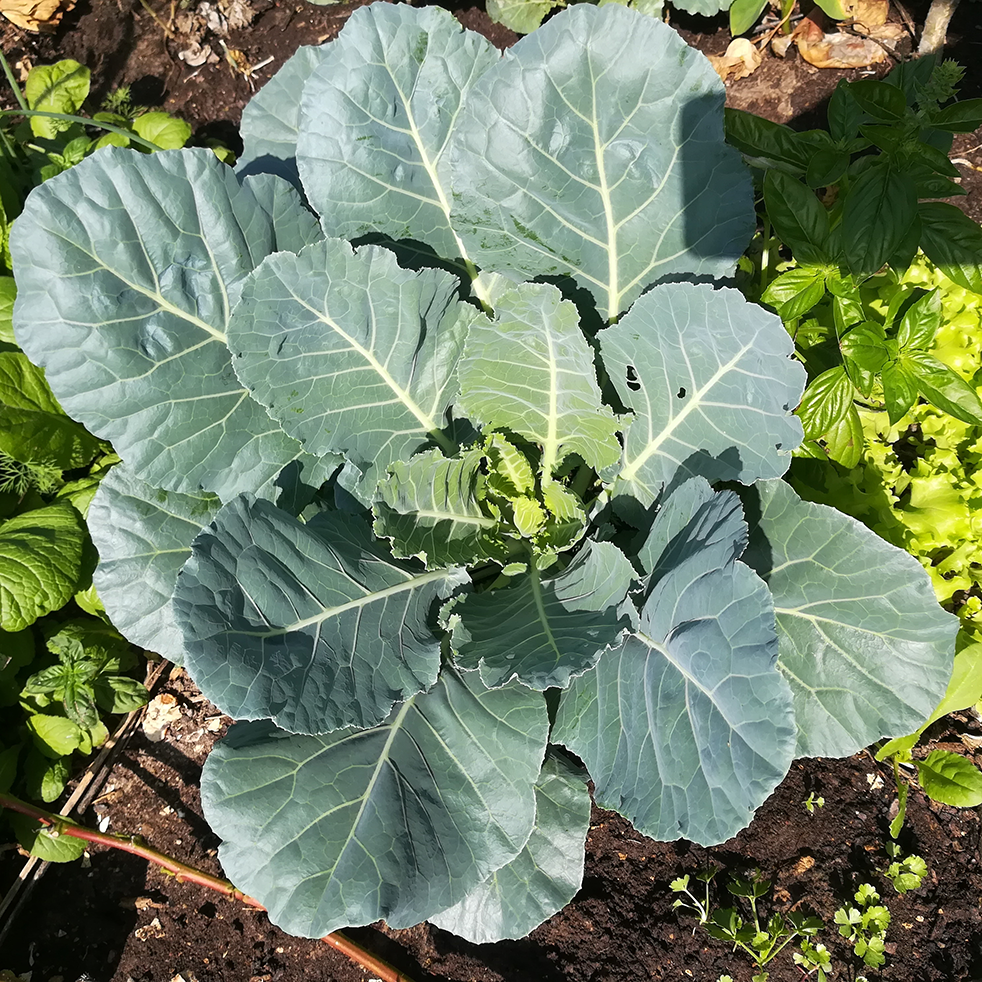
Folate is an important B Vitamin influencing female reproductive health. In addition to cellular vitality, Folate plays an important role in preventing neural tube defects during pregnancy and promoting a healthy womb environment prior to conception.8 The recommended folate intake is 400 to 1,000 mcg dependent on the individual.
A higher intake of folate was linked to a significantly higher ovarian reserve.9 Additionally, for those utilizing assisted reproductive technology treatment, folate was shown to support successful pregnancies and treatment results.10
Iron for Fertility and Overall Health
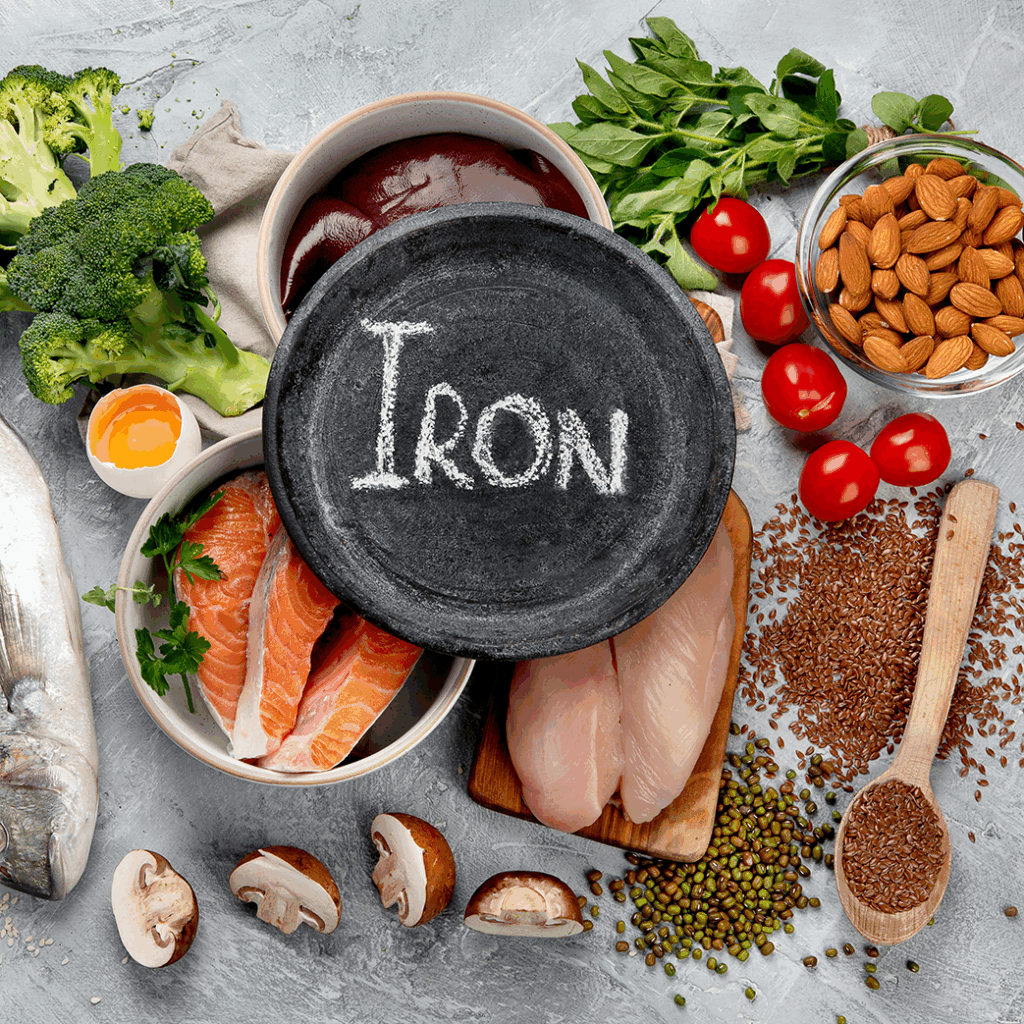
The female reproductive cycle is characterized by blood loss during menstruation, which results in significant quantities of iron loss. Significant quantities of blood loss without nutrient to replete lost nutrient will result in anemia, or iron deficiency anemia.
Iron deficiency has been linked to an associated with infertility, specifically an absence of ovulation.11 Additionally, iron deficiency impacts the quality of life of an individual as low levels of iron can contribute to significant fatigue, thyroid concerns, hair loss, and a mirid of other concerns. Iron is also an essential nutrient for fetal development.
Omega-3s for Menstrual Cycle Health
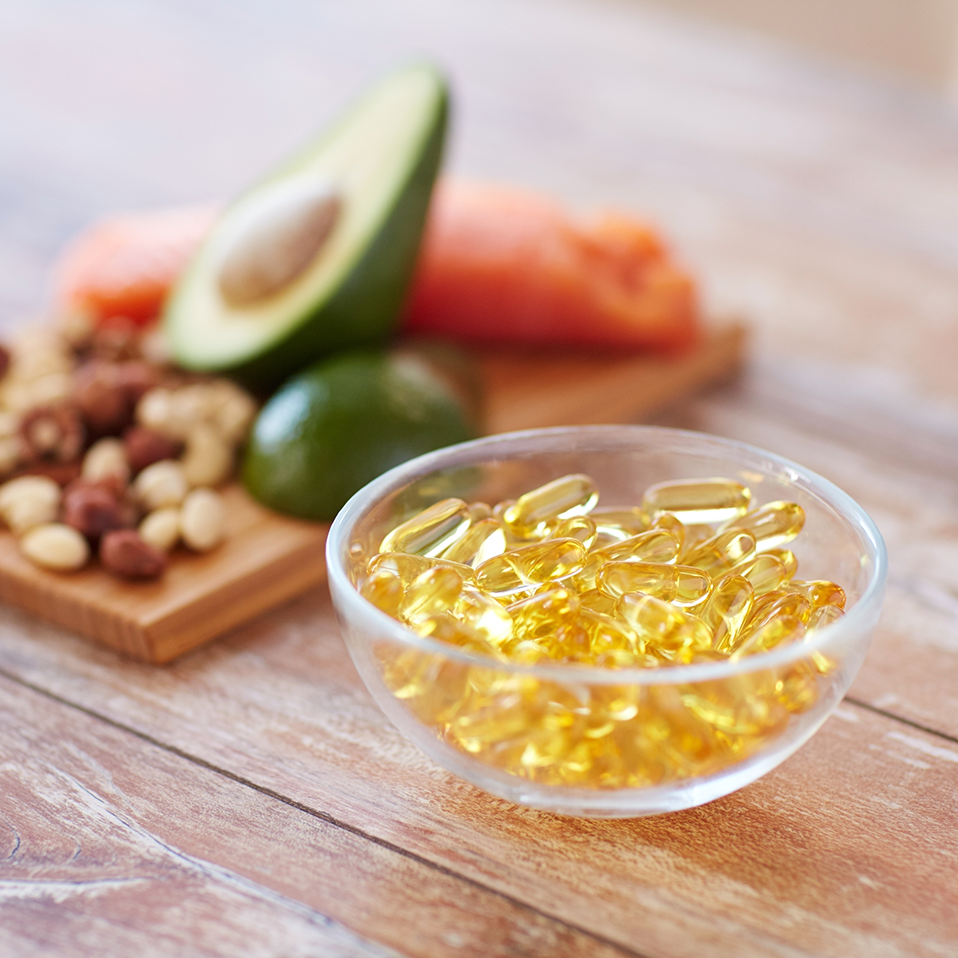
Omega-3’s are compounds found in fatty fish, nuts, seeds, and oils. They are essential to human health and regulate multiple cellular processes, as well as cognition. For women of reproductive age, Omega-3’s can influence cycle health and improve probabilities of conception.
Women taking omega-3 supplements were more likely to have successful conception compared with women who either had insufficient omega-3 intake or did not supplement. One study found women had an increase of conception rates at 1.51 compared with women who did not take omega-3’s.12
Additionally, studies have found that omega-3’s can enhance fertility and female health by promoting a healthy hormonal balance, enhancing oocyte quality, menstrual cycle functioning, and PMS symptoms.13 For those with PCOS, omega-3 supplementation over an eight-week period was significantly correlated with decreased LH hormones, an improved LH to FSH ratio, and lowered concentrations of adiponectin.14
Concluding Thoughts
Throughout the female lifecycle, a variety of changes occur, and nutritional status can influence these changes. A diet rich in fruits, vegetables, lean protein, healthy fats, and whole grains can substantially support female reproductive health. As women in their 20 to 30’s undergo significant, cyclic changes, the addition of nutrients and herbs can substantially improve quality of life by reducing common symptoms and ailments while improve hormone health.
Did you know Wholistic Matters is powered by Standard Process? Learn more about Standard Process’ whole food-based nutrition philosophy.
- Thiagarajan, D. K., Basit, H., Jeanomond, R. (2024). Physiology, Menstrual Cycle. StatPearls [Internet], 2024. https://www.ncbi.nlm.nih.gov/books/NBK500020/
- Monis, C. N., Tetrokalashvili, M. (2022). Proliferative and Follicular Phases of the Menstrual Cycle. StatPearls [Internet]. https://www.ncbi.nlm.nih.gov/books/NBK542229/
- Holesh, J. E., Bass, A. N., Lord, M. (2023). Physiology, Ovulation. StatPearls [Internet]. PMID: 28723025
- Oliver, R., Pillarisetty, L. S. (2023). Anatomy, Abdomen and Pelvis, Ovary Corpus Luteum. StatPearls [Internet]. https://www.ncbi.nlm.nih.gov/books/NBK539704/
- Shaw, S., Wyatt, K., Campbell, J., Ernst, E. Thompson-Coon, J. (2018). Vitex Agnus Castus for Premenstrual Syndrome. Cochrane Library, 3, CD004632. doi: 1002/14651858.CD004632.pub2
- Seidlova-Wuttke, D., Wuttke, W. (2017). The Premenstrual Syndrome, Premenstrual Mastodynia, Fibrocystic Mastopathy, and Infertility have Often Common Roots: Effects of Extracts of Chasteberry (Vitex Agnus Castus) as a Solution. Clinical Phytoscience, 3(6). https://doi.org/10.1186/s40816-016-0038-z
- Bowman, R., Taylor, J., Muggleton, S., Davis, D. (2021). Biophysical Effects, Safety and Efficacy of Raspberry Leaf Use in Pregnancy: A Systematic Integrative Review. BMC Complementary Medicine and Therapies, 21, 56. doi: 1186/s12906-021-03230-4
- Tsunenobu, T., Frances, P. M., (2006). Folate and Human Reproduction. The American Journal of Clinical Nutrition, 83(5), 993-1016. https://doi.org/10.1093/ajcn/83.5.993
- Kadir, M., Hood, R. B., Miniguez-Alarcon, L., Maldonado-Carceles, A. B., Ford, J. B., Souter, I., Chavarro, J. E., Gaskins, A. J. (2021). Folate Intake and Ovarian Reserve Among Women Attending a Fertility Center. Fertility and Sterility, 117(1), 171-180. doi: 1016/j.fertnstert.2021.09.037
- Gaskins, A. J., Afeiche, M., Wright, D. L., Toth, T. L., Williams, P. L., Gillman, M. W., Hauser, R., Chavarro, J. E. (2015). Dietary Folate and Reproductive Success Among Women Undergoing Assisted Reproduction. Obstet Gynecol, 124(4), 801-809. doi: 1097/AOG.0000000000000477
- Petraglia, F., Dolmans, M. M. (2022). Iron Deficiency Anemia: Impact on Women’s Reproductive Health. Fertility and Sterility, 118(4), 605-606. doi: 10.1016/j.fertnstert.2022.08.850.
- Stanhiser, J., Jukic, A. M. Z., McConnaughey, D. R., Steiner, A. Z. (2022). Omega-3 Fatty Acid Supplementation and Fedundability. Human Reproduction, 37(5), 1037-1046. doi: 10.1093/humrep/deac027.
- Steinberg, S. T., Gal, M., Azar, Y., Kilav-Levin, R., Heifetz, E. M. (2024). Effect on Omega-3 Supplements or Diets on Fertility in Women: A Meta-Analysis. Heliyon, 10(8), e29324. https://doi.org/10.1016/j.heliyon.2024.e29324
- Nadjarzadeh, A., Dehghani-Firouzabadi, R., Daneshbodi, H., Lotfi, M. H., Vaziri, N., Mozaffari-Khosravi, H. (2015). Effect of Omega-3 Supplementation on Vastatin, Adiponectin, and Anthropometric Indices in Women with Polycystic Ovarian Syndrome. Journal of Reproduction Infertility, 16(4), 212-220. PMID: 27110520
